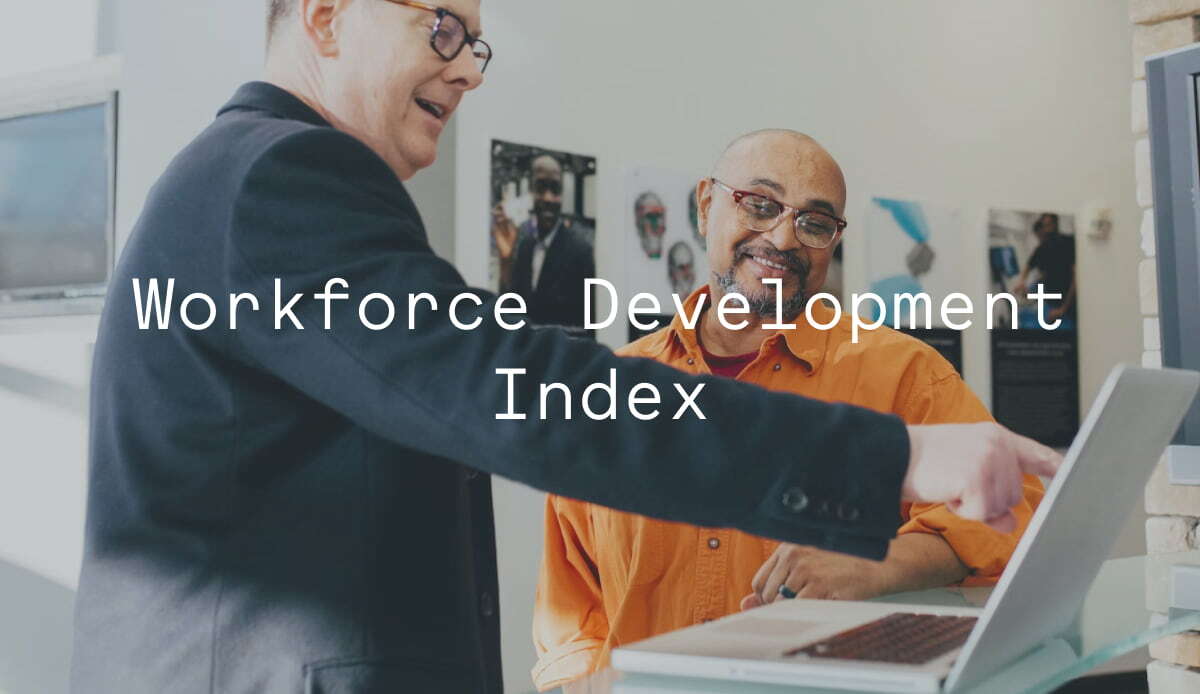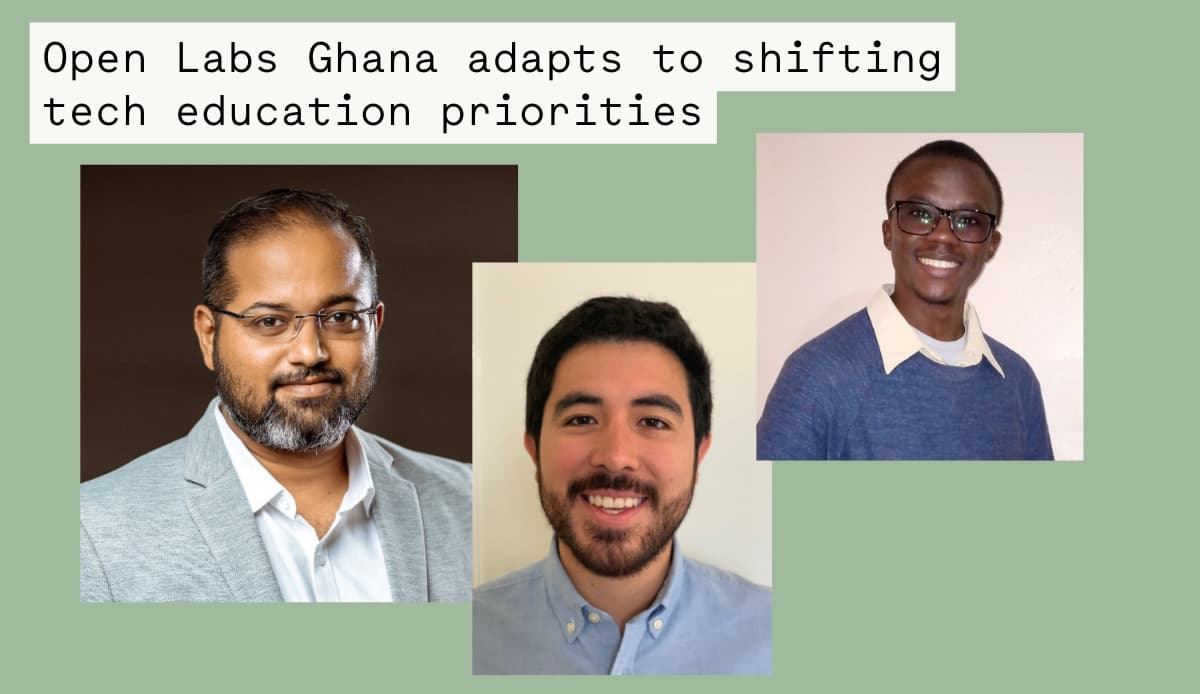

Introducing the 60dB Workforce Development Index
As the economy continues to evolve and technology threatens various lines of work, employers will increasingly rethink their traditional hiring practices and staffing needs; requiring a 4-year degree and work experience may be excluding valuable talent from their applicant pool. Workforce development training programs provide valuable training to people looking to upskill and enter better-paying, safer jobs. These programs aim to provide life-changing job opportunities to nontraditional talent, people looking to enter a new sector, and populations affected by layoffs, automations, and new technology – like AI.
The importance of workforce development training cannot be overstated. With the intense focus on automation and AI that’s radically shifting the future of work, the OECD estimates that 1.1 billion jobs globally are at stake over the next decade – these workers will need training. In the past few years, the “Great Resignation” provided an opportunity for workers not satisfied with low-wage, unfulfilling jobs to seek job skilling and reskilling programs. According to a 2023 survey from ManpowerGroup, 57 percent of employees are pursuing training outside of work; the data already proves the popularity of workforce development programs. However, the lack of comparable benchmarks to measure program success is a significant issue facing the industry.
A fractured measurement system
While workforce development programs come in all shapes and sizes, they only focus on operational measurements instead of the actual job quality. Understanding how many students completed programs and were placed in jobs only tells donors and incoming students a partial story. Measuring outcomes would help workforce development programs understand the impact of their service, the change to life quality, and help programs make strategic decisions based on evidence-based data.

With the growing popularity of workforce development programs, no distinction exists in data between non-profits, who typically do not charge for their programs, and for-profits, who may include income-sharing agreements as a market-based solution to student debt. These two types of programs serve vastly different audiences, and it is important for funders and investors to see the full picture of outcomes depending on the program. This becomes especially important for graduates of nonprofits, who often come from lower income backgrounds and have different life trajectories. We want to compare apples and apples – nonprofit and non-tech programs deserve specified attention to fully understand their impact relative to each other.
The Index
To address these issues, 60 Decibels is launching a new index on workforce development that focuses on a holistic picture of learner outcomes across job training programs globally. The index will include indicators on perception around job placement, from coaching to access to jobs, comparisons across populations such as gender, socioeconomic status, and job mentoring versus no mentoring, changes in quality of life and intra-household dynamics such as respect, money contribution to family, confidence, and contribution to decision-making, application of training to job, income profile, and the value of the program. This will provide a much-needed benchmark analysis of data to measure the students’ lived experiences by completing a training program.
It is crucial to highlight the non-coding workforce development programs that attract people from a lower economic bracket demographic. These programs are often overlooked in discussions about workforce development, yet they serve an essential role in providing valuable opportunities for those who may not have had access to traditional higher education or job opportunities. By focusing on these programs, we can ensure that all learners have access to the resources and support they need to succeed in the workforce. Interested to find out more? Get in touch.






